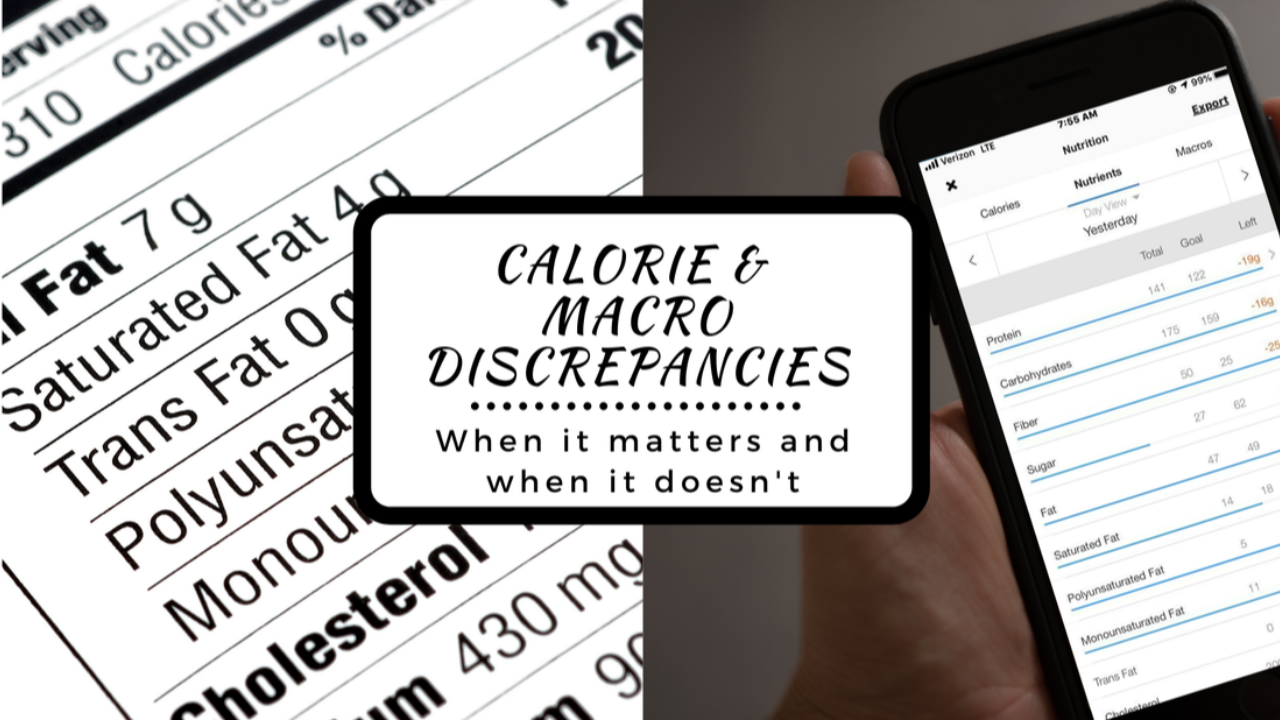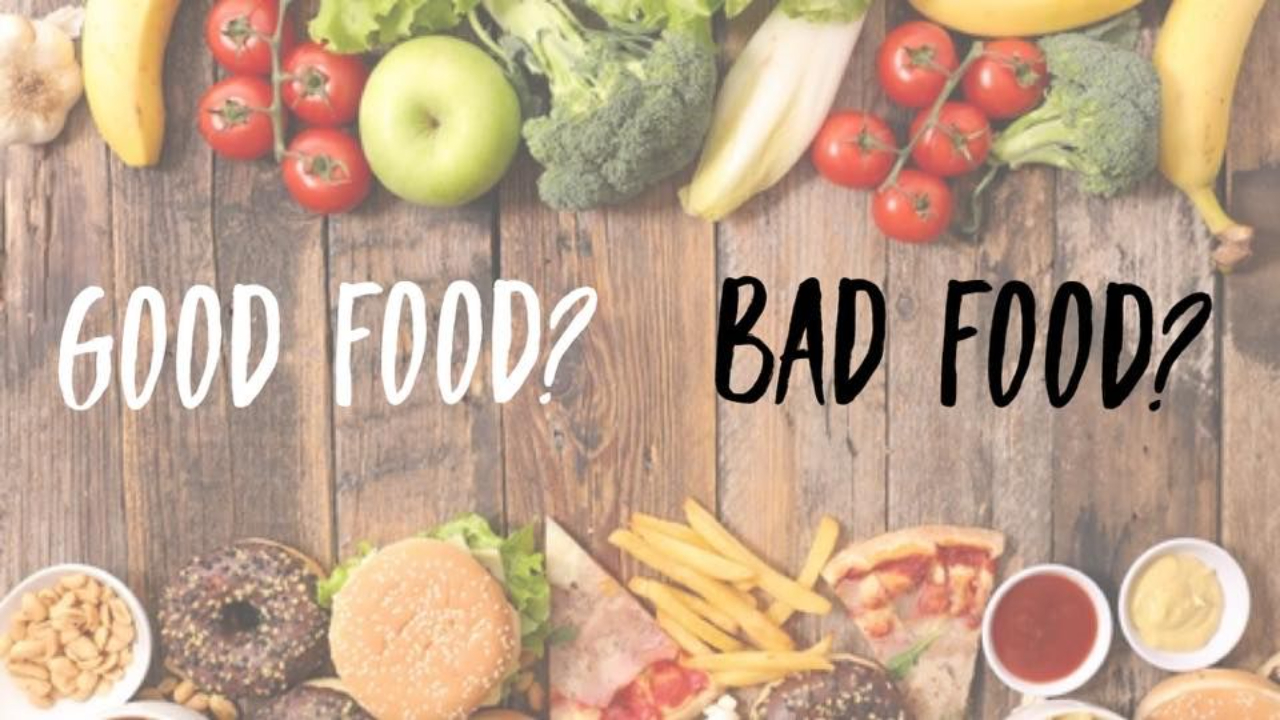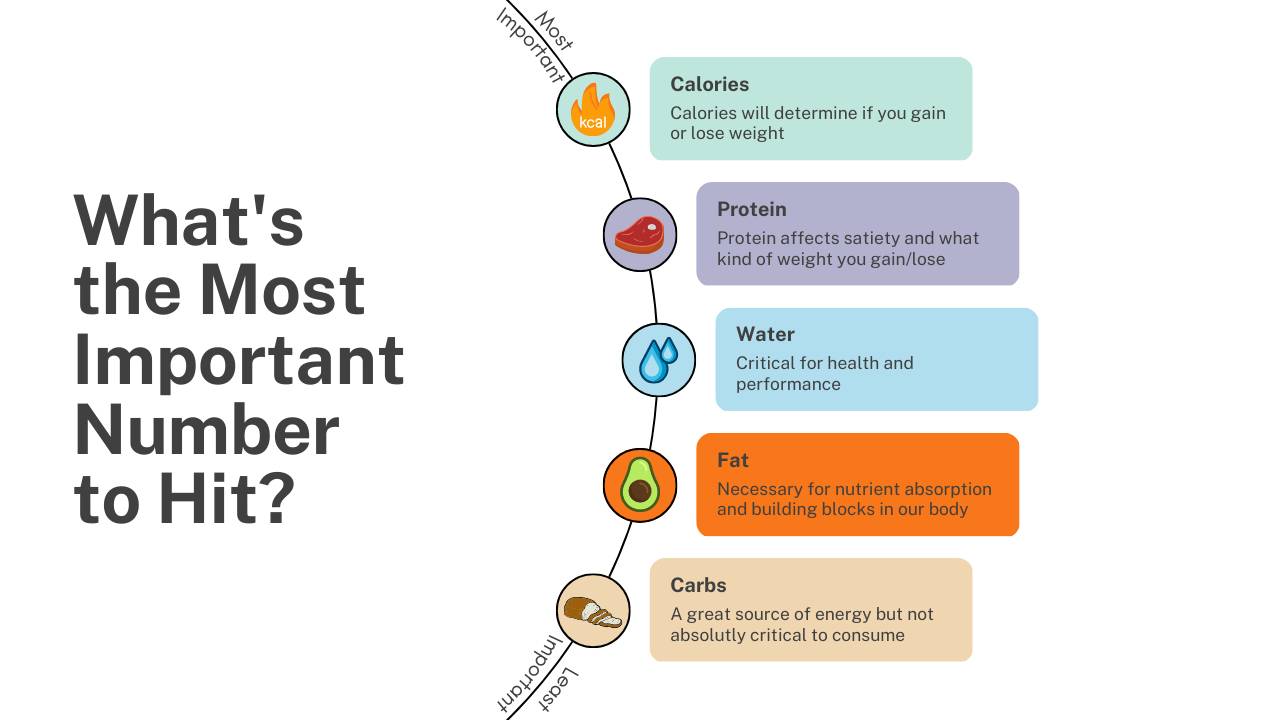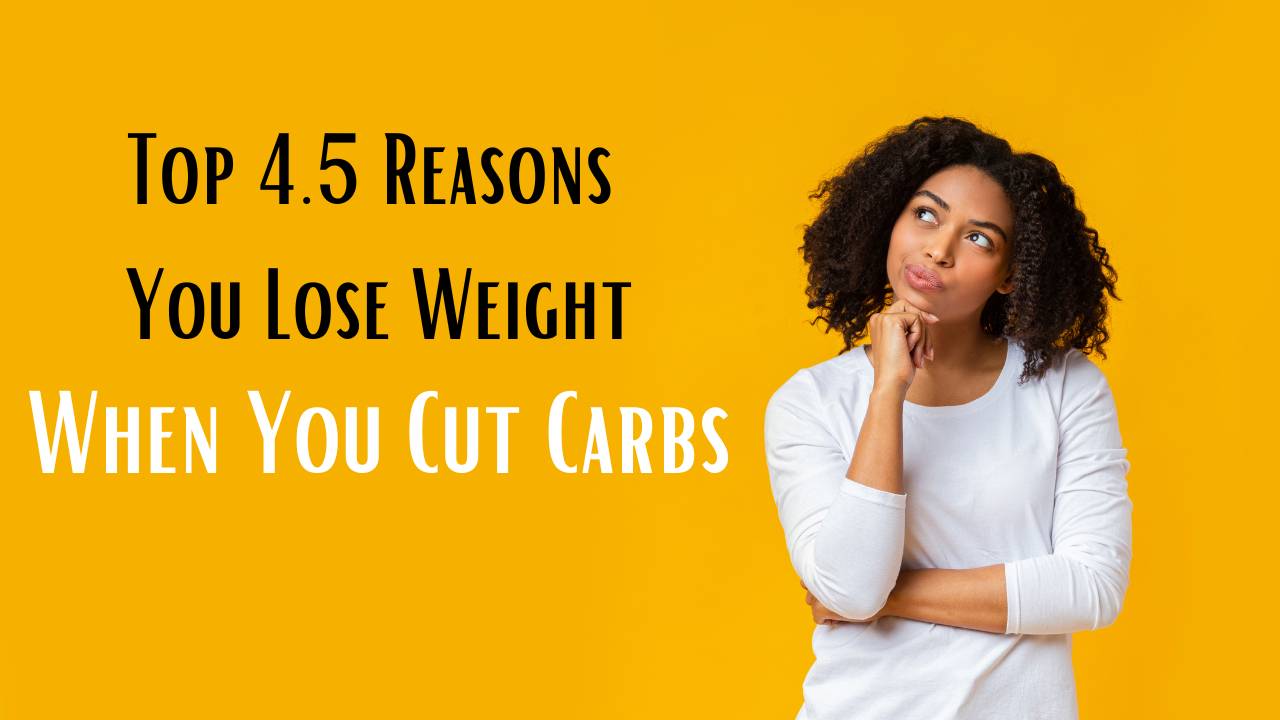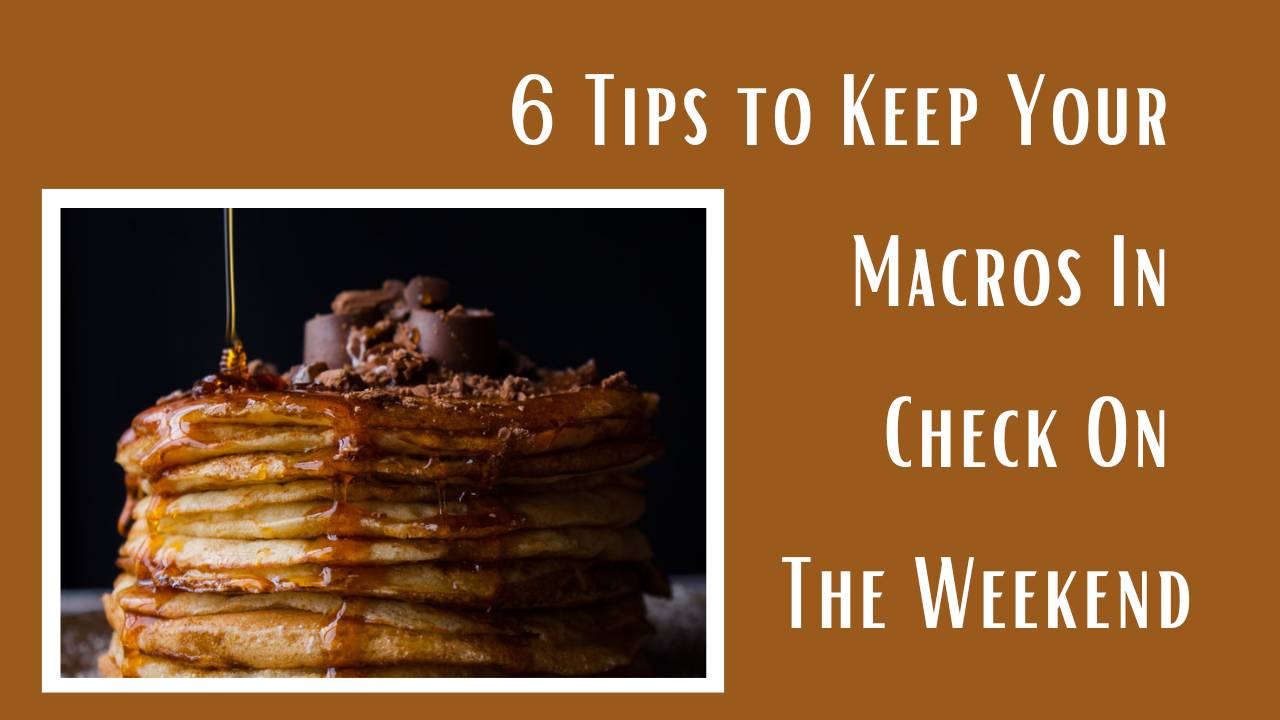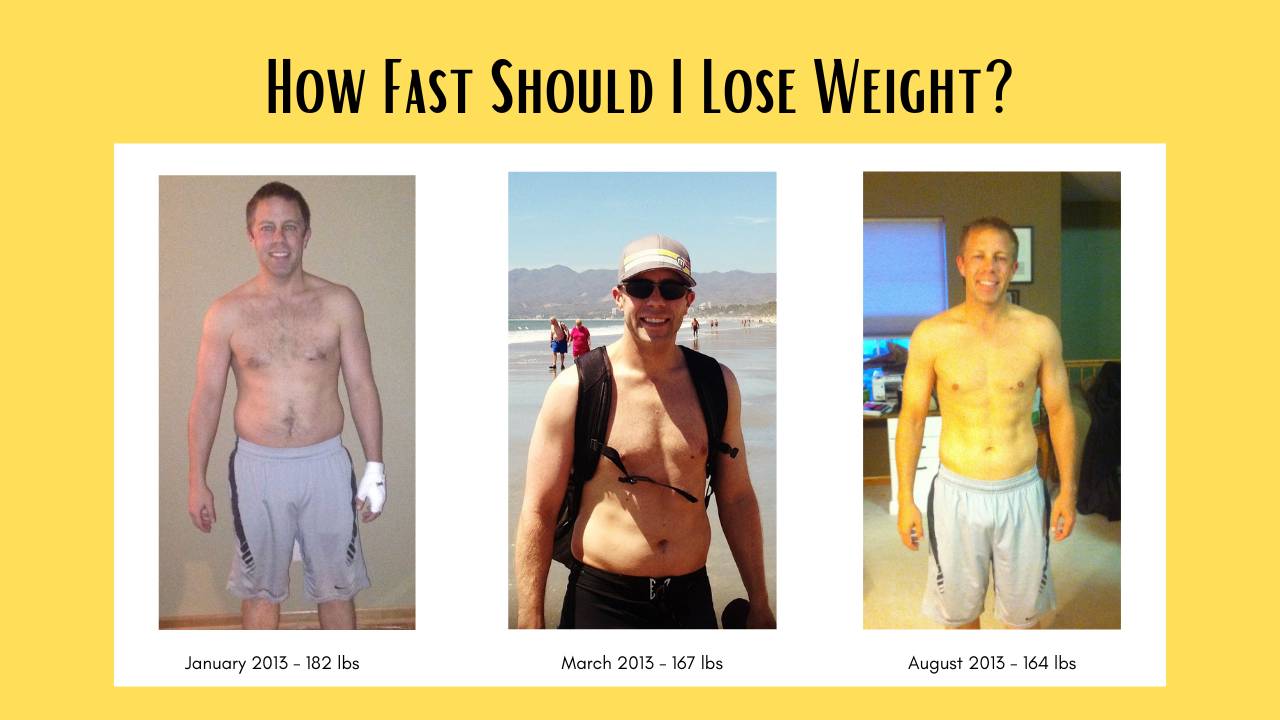Macro 101 Blog
Tracking alcohol while you are tracking your macros is something that a lot of people will face at some point. Before I get into the logistics of how to actually track it, I think it would be good to understand some basic information about alcohol.
The first thing to know is that alcohol itself ...
My clients and members of my private Facebook Group, Macro Counting 101, are constantly asking about the discrepancies that they see when they are tracking their food intake.
This goes for trying to choose the proper food item to log and seeing a wide variety of calories and macros for the same 1...
This question seems like it should be a pretty simple one. If you are overweight you should lose, if you are underweight then gain. A lot of people I talk with add a lot of difficulty to this topic though.
I hear things like;
"I want to lose body fat but gain muscle."
"I'm happy with my weigh...
Let me throw something at you???
What if there is no good food or bad food?
Wait but broccoli is good right??? Did broccoli win a Nobel Peace Prize? Did it rescue a puppy from a burning building?
Well Soda is definitely bad! Did soda kick your dog? Did it rob a bank?
Food doesn’t have a personality, i...
“What’s the most important number to hit?”
I get that question a lot.
The truth is all of them but if you were holding a gun to my head here’s the order I would rank them if you only hit one or a couple.
- Calories
- Protein
- Water
- Fat
- Carbs
Calories are going to be the biggest effect on your bod...
Here’s the deal friends!
There’s a lot of talk out there about low carb or keto type diets right now. I wanted to share the top 4.5 reasons, I’ll get to that .5 later, why people lose weight on low carb to very low diets. Let me just start by saying there is nothing magical about eliminating carbs...
Oh the weekend... the place where healthy eating habits typically go to die! Whether it is brunch with your girlfriends, a kid's birthday party, or drinks out with the boys, weekends tend to be loaded with opportunities to indulge.

I wanted to share 6 tips that have served me and some of my c...
What is an acceptable rate to lose weight? Or I guess I should clarify that, how fast should a person lose fat?
Why the distinction between weight loss and fat loss?
I like to talk about weight loss in terms of fat loss. When you boil it down that's really what people want and usually need to lo...
Yeah, sleep is kind of a boring subject but a super important one when it comes to your health.
It doesn't boost your ego when you rock out a solid 8 hours of sleep compared to bench pressing a new personal best. Although... after being a new parent I do get pretty excited after a good nights sle...


